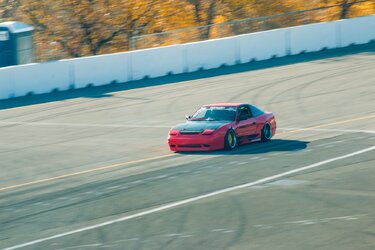tecboy
No longer a newbie, moving up!
- Joined
- Feb 17, 2012
- Messages
- 2,977
- Reaction score
- 358
- Can others edit my Photos
- Photos OK to edit
I'm thinking of getting a teleconverter. Does it have any benefit or just a waist of money?
Follow along with the video below to see how to install our site as a web app on your home screen.

Note: This feature currently requires accessing the site using the built-in Safari browser.
Derrel... how in Hades do you type that much information so quickly?????
I'll back that with a fin.Derrel... how in Hades do you type that much information so quickly?????
I'm thinking Cyborg. It would explain a lot. Lol
I'll back that with a fin.Derrel... how in Hades do you type that much information so quickly?????
I'm thinking Cyborg. It would explain a lot. Lol

Thanks guys for the infos. Here is a sampled image. I wonder if you can help me out. I have canon 55-250mm, and I know it is not a high end lens. If I crop it, it gets soft and plenty of noises. It is because of winter season that I get poor lighting. It is the smog or hazy out there. Or, my lens is not good enough, and I need to buy more expensive telephoto lens.
I'll back that with a fin.I'm thinking Cyborg. It would explain a lot. Lol
Well for one it would certainly explain why he's always pronouncing it Kali - Forn - NeYa all the time.. lol.
Just out of curiosity, if you're already thinking of getting one, shouldn't you knowt he answer?

